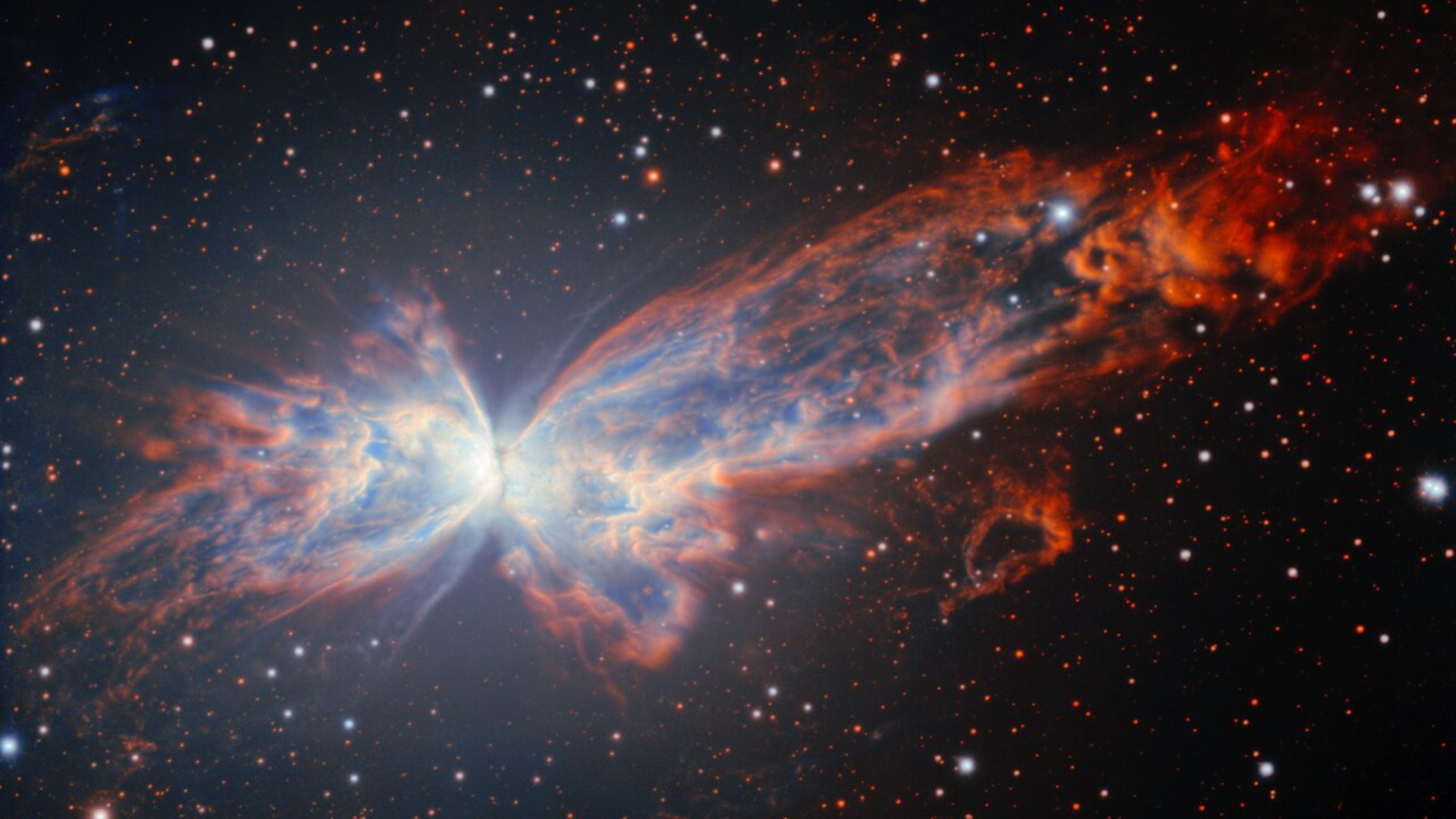Nile-Like River Spotted on Saturn Moon Titan

NASA's Cassini spacecraft has captured a crisp image of a long river cutting across Saturn's huge moon Titan.
The hydrocarbon-filled river stretches more than 250 miles (400 kilometers) from its source to a large sea near frigid Titan's north pole. Cassini's radar image is the first high-resolution shot ever taken of such a vast river system on a world beyond Earth, researchers said, and scientists are comparing it to Earth's Nile River in Egypt.
"Though there are some short, local meanders, the relative straightness of the river valley suggests it follows the trace of at least one fault, similar to other large rivers running into the southern margin of this same Titan sea," Jani Radebaugh, a Cassini radar team associate at Brigham Young University, said in a statement.
"Such faults — fractures in Titan’s bedrock — may not imply plate tectonics, like on Earth, but still lead to the opening of basins and perhaps to the formation of the giant seas themselves," Radebaugh added.
Scientists are confident that the river is full of liquid because it appears dark along its entire length in the Cassini image. This liquid is not water, however; Titan has a hydrocarbon-based weather system, with ethane and methane raining from the skies and pooling in large lakes and seas.
The newly imaged river flows into Kraken Mare, Titan's largest known sea. Researchers estimate that Kraken Mare covers about 154,000 square miles (400,000 square kilometers), making it five times bigger than North America's Lake Superior.
The $3.2 billion Cassini mission is a collaboration involving NASA, the European Space Agency and the Italian Space Agency. It launched in 1997, arrived at the Saturn system in 2004, and sent a probe called Huygens down to Titan's surface in January 2005.
Breaking space news, the latest updates on rocket launches, skywatching events and more!
As expected, Huygens ceased sending data home shortly after landing on Titan, which at 3,200 miles (5,150 km) wide is Saturn's largest moon. But Cassini is still going strong, and its mission to study Saturn and its moons has been extended through at least 2017.
"This radar-imaged river by Cassini provides another fantastic snapshot of a world in motion, which was first hinted at from the images of channels and gullies seen by ESA’s Huygens probe as it descended to the moon’s surface in 2005," said Nicolas Altobelli, ESA’s Cassini project scientist.
Follow SPACE.com on Twitter @Spacedotcom. We're also on Facebook & Google+.

Space.com is the premier source of space exploration, innovation and astronomy news, chronicling (and celebrating) humanity's ongoing expansion across the final frontier. Originally founded in 1999, Space.com is, and always has been, the passion of writers and editors who are space fans and also trained journalists. Our current news team consists of Editor-in-Chief Tariq Malik; Editor Hanneke Weitering, Senior Space Writer Mike Wall; Senior Writer Meghan Bartels; Senior Writer Chelsea Gohd, Senior Writer Tereza Pultarova and Staff Writer Alexander Cox, focusing on e-commerce. Senior Producer Steve Spaleta oversees our space videos, with Diana Whitcroft as our Social Media Editor.
